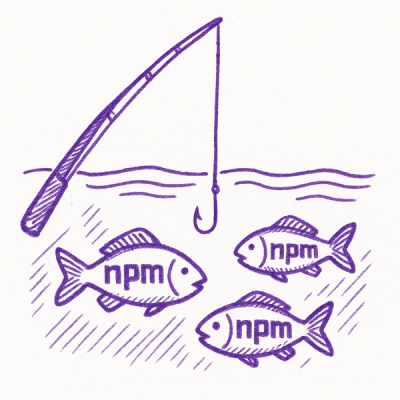
Security News
Bun 1.2.19 Adds Isolated Installs for Better Monorepo Support
Bun 1.2.19 introduces isolated installs for smoother monorepo workflows, along with performance boosts, new tooling, and key compatibility fixes.
com.samaxes.filter:cachefilter
Advanced tools
Java EE Cache Filter is a Servlet Filter that allows you to set HTTP headers in order to enable or disable browser caching.
Java EE Cache Filter provides a collection of common Servlet filters for Java web applications allowing you to transparently set HTTP cache headers in order to enable browser caching.
From Best Practices for Speeding Up Your Web Site:
Web page designs are getting richer and richer, which means more scripts, stylesheets, images, and Flash in the page. A first-time visitor to your page may have to make several HTTP requests, but by using the Expires header you make those components cacheable. This avoids unnecessary HTTP requests on subsequent page views. Expires headers are most often used with images, but they should be used on all components including scripts, stylesheets, and Flash components.
Browsers (and proxies) use a cache to reduce the number and size of HTTP requests, making web pages load faster.
Click on the filter's name to access its documentation:
| Filter | Description |
|---|---|
| CacheFilter | Allows you to enable browser caching for requested resources. |
| NoCacheFilter | Allows you to completely disable browser caching for requested resources. |
| NoETagFilter | Allows you to disable HTTP ETag headers set by most Java web containers (e.g. Tomcat). |
Add Java EE Cache Filter dependency to your pom.xml file:
<dependency>
<groupId>com.samaxes.filter</groupId>
<artifactId>cachefilter</artifactId>
<version>VERSION</version>
</dependency>
Java EE Cache Filter works with Java EE 6 or newer.
This distribution is licensed under the terms of the Apache License, Version 2.0 (see LICENSE.txt).
FAQs
Java EE Cache Filter is a Servlet Filter that allows you to set HTTP headers in order to enable or disable browser caching.
We found that com.samaxes.filter:cachefilter demonstrated a not healthy version release cadence and project activity because the last version was released a year ago. It has 0 open source maintainers collaborating on the project.
Did you know?

Socket for GitHub automatically highlights issues in each pull request and monitors the health of all your open source dependencies. Discover the contents of your packages and block harmful activity before you install or update your dependencies.

Security News
Bun 1.2.19 introduces isolated installs for smoother monorepo workflows, along with performance boosts, new tooling, and key compatibility fixes.

Security News
Popular npm packages like eslint-config-prettier were compromised after a phishing attack stole a maintainer’s token, spreading malicious updates.

Security News
/Research
A phishing attack targeted developers using a typosquatted npm domain (npnjs.com) to steal credentials via fake login pages - watch out for similar scams.